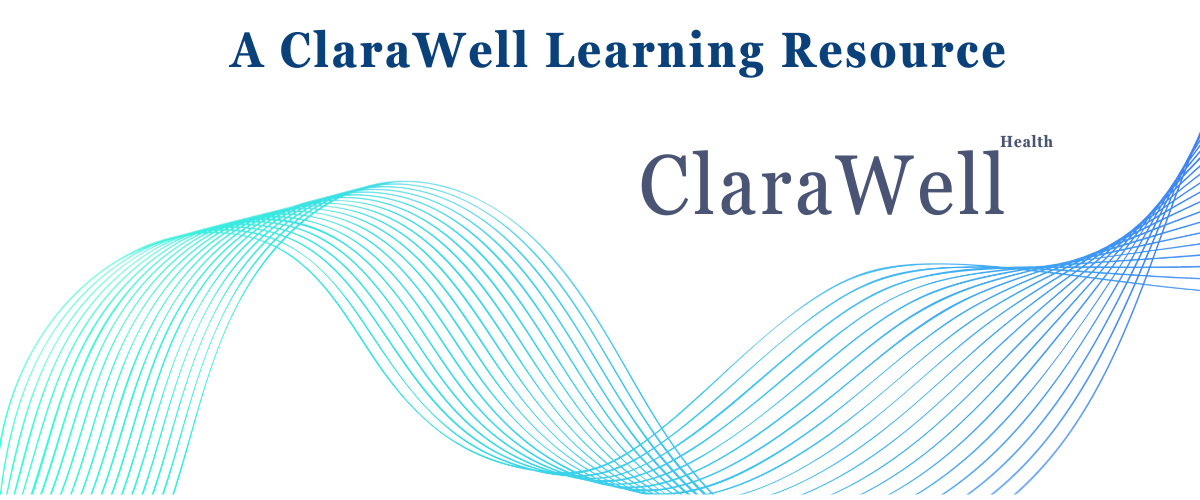Learn with ClaraWell
What is ADHD

What is ADHD?
What Is ADHD?
ADHD, short for Attention-Deficit/Hyperactivity Disorder is a medical condition that affects how people focus, manage time, regulate energy, and control impulses. It’s not about laziness or lack of discipline, it’s a difference in how the brain works.
This guide is short, straightforward, and designed for real attention spans. Whether you're just curious, feeling overwhelmed, or wondering if this might apply to you-you're in the right place. You can also explore the common signs and symptoms of ADHD here.
👥 It’s More Common Than You Think
ADHD affects people of all ages-children, adults, professionals, parents, creatives. Many people don’t realize they have it until later in life. That’s because the symptoms can be quiet, misread, or masked by coping skills.
It’s more than hyperactivity. It’s about how the brain handles tasks, time, and emotions. And yes, there are tools that can help.
🧠 What It Can Feel Like
Here are things people with ADHD often say:
- “I feel like I’m always behind, no matter how hard I try.”
- “I get distracted so easily-even during things I care about.”
- “I can’t explain why I procrastinate or forget simple stuff.”
- “My brain is busy but I still get nothing done.”
- “People say I interrupt or overshare, but I don’t mean to.”
If that sounds familiar, it’s worth learning more. Awareness is the first step toward clarity and support.
🔬 How ADHD Works in the Brain
So, What is ADHD? ADHD is linked to brain chemistry, especially with how dopamine works in the brain. It impacts attention, reward, motivation, memory, and emotional regulation.
This can show up as distractibility, impulsivity, mental fatigue, forgetfulness, or intense hyperfocus. ADHD isn’t a flaw, it’s a difference that needs the right approach.
🔄 The Different Types of ADHD
There are three types of ADHD:
- Inattentive Type: Trouble focusing, forgetfulness, disorganization
- Hyperactive-Impulsive Type: Restlessness, fast-talking, impulsive actions
- Combined Type: A mix of both inattentive and hyperactive traits
Recognizing your type (or your child’s) helps guide treatment, support, and daily strategies.
❔ Why ADHD Often Goes Undiagnosed
ADHD is often missed-especially in girls, women, and adults. It’s not always loud. It can show up as daydreaming, overthinking, quiet overwhelm, or mental exhaustion.
Many people with ADHD grow up feeling like they’re “too much” or “not enough”—but they were never given the tools or language to understand what was really going on.
✅ Quick Self-Check
If you relate to several of these, it might be time to explore ADHD further:
- You start projects full of energy but rarely finish them
- You lose track of time, deadlines, or daily tasks
- Your brain feels fast, noisy, or scattered most of the day
- You feel guilty about forgetting things or letting people down
- You get stuck on little tasks or overstimulated by big ones
None of this makes you broken. It just means your brain might work differently, and there’s support for that.
You can take a short ADHD screener here if you’d like to reflect more.
🌱 There Is Hope—and Help
ADHD doesn’t define your potential. With the right tools, routines, and support, people with ADHD can thrive-in careers, school, relationships, and everyday life.
Treatment options vary: some people benefit from coaching, therapy, or lifestyle changes. Others may explore medication or structured routines that play to their strengths. The best approach is the one that helps you feel more like yourself.
The most important thing to know? You're not alone, and it’s never too late to start feeling better.
Learn more in our ADHD education hub →
🔍 ClaraWell Can Help
ClaraWell™ offers a quick, private ADHD screener that can help you better understand your patterns. It’s science-informed, easy to follow, and judgment-free.
Want to learn more about your focus, energy, or attention? ClaraWell™ can walk you through a free ADHD risk screener to help you move forward with clarity.
Take the ADHD Risk ScreenerFrequently Asked Questions
Explore more in our ADHD education hub →
